"Enough artifacts to fill a museum" were recovered from the Ottoman shipwreck off the coast of Datça.

Significant findings that will shed light on Ottoman maritime history have been unearthed during underwater excavations at the Kızlan Ottoman Shipwreck off the coast of Datça, Muğla.
The excavations, carried out by Dokuz Eylül University's Underwater Cultural Heritage and Maritime History Application and Research Center (SUDEMER) within the scope of the Ministry of Culture and Tourism's "Heritage for the Future Project," have the distinction of being the only 17th-century Ottoman shipwreck excavated in Türkiye.
🔹 Anadolu Agency for current developments, exclusive news, analysis, photos and videos
🔹 AA Live for instant developmentsExcavations at the Ottoman-era shipwreck in the region, where Minister of Culture and Tourism Mehmet Nuri Ersoy also dived in 2021, are being carried out by expert teams.

The Anadolu Agency (AA) team recorded the excavation team's challenging underwater work.
The excavation team begins the day with a morning briefing, evaluates the previous day, and then determines the workload and diving schedule.

Divers, who generally make two dives a day in groups of two or four, have the opportunity to work for long periods of time thanks to the wreck's shallow water.
The team works on catalogues at sea until late in the evening, and then on land.
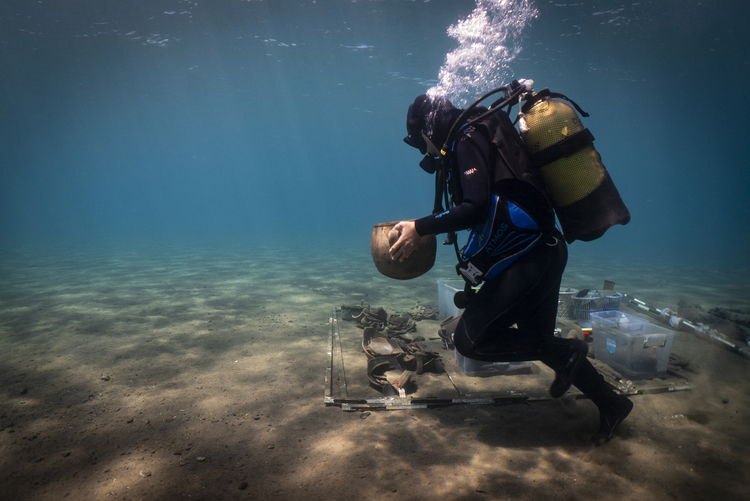
Excavation Director and SUDEMER Director Prof. Dr. Harun Özdaş told an AA correspondent that they determined from the seal they found during their work at the shipwreck during the fourth excavation season that the ship sank between 1667 and 1668.
Özdaş, noting that the wreck appeared ordinary when first discovered, but as they delved deeper, they encountered extraordinary findings, said, "The finds are so rich in variety and quantity that they would not normally find them in such a shallow wreck. We are faced with a collection of finds rich enough to open a new museum dedicated to Ottoman-era maritime history."


Özdaş, explaining that military ammunition was particularly noteworthy in this season's excavations, stated that 36 packaged Ottoman rifles, more than 50 humbara (hand grenades), swords, daggers and pistols, as well as over 3,000 rounds of ammunition were unearthed.
Özdaş reported that the findings proved that the ship was an Ottoman state ship.
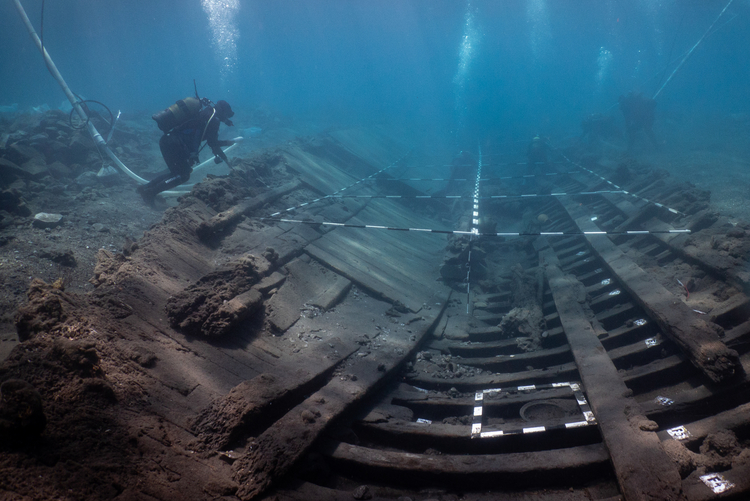
Özdaş, stating that they had found an Ottoman dagger, said, "We came across a dagger during a small study we conducted on the ship's hull. We believe it is a typical Ottoman dagger, with a curved structure and ornamentation on the handle. Because it is covered in sediment, we cannot go into much detail other than its form. The identification will emerge as a result of the conservation work."
Prof. Dr. Özdaş stated that they had precisely dated the ship using the seal they found, which belonged to the name "Hüdabende Abdullah Ahmed," and added:
"Last year, we came across coins, and we dated them roughly between 1660 and 1675, but this seal gave us the year 1078 AH (1667-1668 AD). This indicates that the ship was dragged ashore after a fight or skirmish between 1667 and 1668, and then burned and sank. Besides the ammunition, other interesting artifacts were found in the wreck. 135 Tophane-made pipe pipes, two chess sets, more than 40 pieces of Chinese porcelain in bamboo packets, copper kitchen pots, ewers, cauldrons, wooden spoons, boxwood combs, and leather flasks were found."
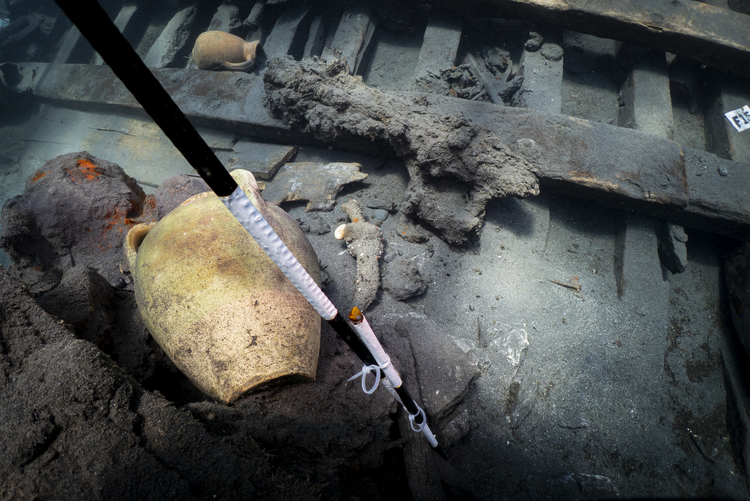
Özdaş said that other shipwrecks related to Ottoman shipping were also recorded in the region.
Özdaş stated that they created the Ottoman Period Underwater Cultural Heritage Geographic Information System within the scope of the "Blue Heritage Project" and continued:
"In this context, we have an archive of ships that sank during the Ottoman period, and even though we don't know for sure whether they were Ottoman ships, we have an archive of ships sunk by the Ottomans or ships that were sunk by the Ottomans. Therefore, we have nearly 20 shipwrecks in the immediate vicinity, including shallow ones, at a depth of 70 to 100 meters. These shipwrecks date back to different periods, from the 17th to the 19th century."
Prof. Dr. Özdaş thanked Caroline Koç for the sponsorship provided to the excavations within the scope of the organization of the Turkish Underwater Archaeology Foundation.
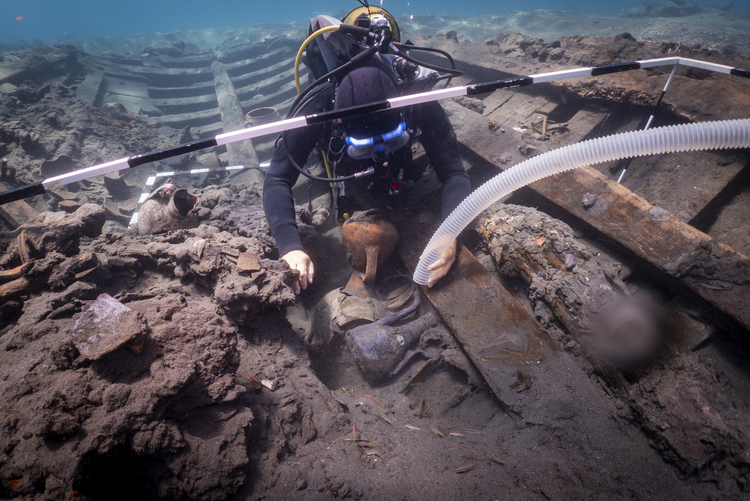
Deputy Head of Excavations Assoc. Prof. Dr. Nilhan Kızıldağ said that they compiled and recorded hundreds of photographs taken daily at the shipwreck site.
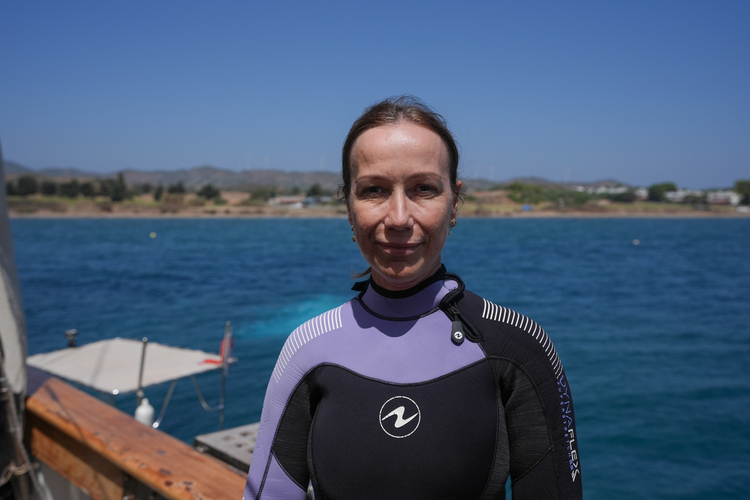
Kızıldağ emphasized the importance of recording artifacts, saying, "We conduct daily inventory studies of the artifacts recovered. The most important method we use here is photogrammetry. We take hundreds of photos of the shipwreck site every day and combine them into a mosaic. This way, we obtain a single, detailed photograph, and we then work on the plan based on it."
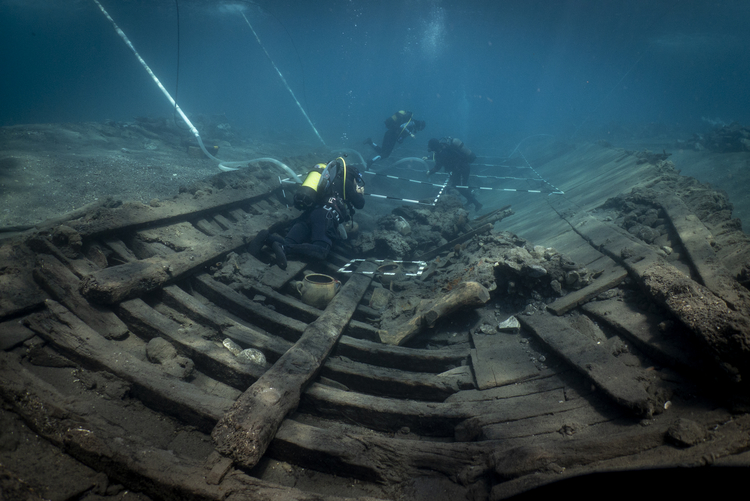
AA





